In our technologically advanced world, privacy and security have become increasingly paramount. With the rise of geofencing, a location-based service, concerns surrounding personal data protection and tracking have reached new heights.
Geofencing is a powerful technology that leverages various tools such as Global Positioning System (GPS), Radio-Frequency Identification (RFID), or cellular data to establish virtual boundaries around a specific geographic area. Firstly, let’s understand what GPS, RFID and Cellular Data are;

Fig 1. GPS Satellites allow precise co-ordinates to be generated on earth
Global Positioning System (GPS): GPS technology plays a fundamental role in geofencing by utilizing a network of satellites to precisely determine the location of objects or individuals. Geofencing systems utilize GPS coordinates to establish virtual perimeters, triggering actions or notifications when a device or person enters or exits a specified area. This technology has become a cornerstone in the geofencing industry, facilitating accurate and reliable location-based tracking.
Radio-Frequency Identification (RFID): RFID technology involves the use of small electronic tags or labels containing unique identifiers that can be detected and read by RFID readers or scanners. Geofencing systems can leverage RFID to track assets, vehicles, or individuals within a specific area. When an RFID tag enters or leaves a predefined zone, the geofencing system can automatically trigger actions or notifications, enabling efficient asset management, inventory control, or access control.
Cellular Data: Geofencing can also rely on cellular data to establish virtual boundaries and track the movement of devices equipped with cellular connectivity. By utilizing the cellular network infrastructure, geofencing systems can monitor and analyse the signal strength and cell tower connections of mobile devices, enabling precise location tracking within a designated area. This approach is particularly useful in scenarios where GPS signals may be weak or unavailable, such as in urban areas with tall buildings or indoor environments.
These digital boundaries enable businesses, governments, and individuals to monitor and track the movement of people, vehicles, and assets within the designated area, providing a range of applications and benefits, and while geofencing technology has demonstrated its potential benefits in industries such as marketing, logistics, and public safety, but it has also raised significant concerns regarding its potential for misuse and invasion of privacy. Specifically in the following areas;
Unauthorized Tracking: Geofencing allows businesses and organizations to track the location and movements of individuals within a designated area. While this can be useful for purposes such as fleet management or targeted advertising, it also opens the door to unauthorized tracking. Malicious actors could potentially exploit geofencing systems to track individuals without their consent or knowledge, infringing upon their privacy and personal freedom.
Targeted Advertising: Geofencing enables businesses to deliver targeted advertisements based on a user’s physical location. While this can enhance marketing effectiveness, there are concerns about the ethical implications of personalized advertising. Users may feel that their privacy is compromised when they receive advertisements based on their real-time whereabouts, raising questions about consent and data collection practices.
Data Breaches: Geofencing systems rely on the collection and storage of location data, which can be vulnerable to data breaches. If not adequately secured, these systems can become targets for hackers seeking to access sensitive information about individuals’ movements, habits, and preferences. A data breach in a geofencing system can have severe consequences, including identity theft, surveillance, or misuse of personal data.
Privacy Invasion: Geofencing technology, when misused or unregulated, has the potential to intrude on individuals’ privacy. By continuously monitoring and tracking individuals within a defined area, geofencing systems may give rise to concerns about constant surveillance and a lack of personal autonomy. This raises questions about the balance between public safety and individual privacy rights.
Legal and Ethical Considerations: The rapid proliferation of geofencing technology has outpaced legal and ethical frameworks designed to protect individuals’ privacy. As a result, there is a need for clear guidelines and regulations to ensure responsible and transparent use of geofencing. Establishing boundaries and safeguards is crucial to mitigate the risks associated with unauthorized tracking, data breaches, and privacy violations.
Given these apprehensions, military-grade Faraday bags have emerged as a solution to mitigate the potential risks of geofencing. By utilizing advanced shielding technology, these bags offer individuals control over their personal information and protect their devices from unauthorized tracking, targeted advertising, and data breaches.
They provide a physical barrier that prevents external signals from reaching or leaving electronic devices, effectively creating a safe zone within geofenced areas. They can even be used to secure your passport (which contains an RFID chip) when traveling.


Investing in a Military-grade Faraday bag plays a crucial role in mitigating these risks, allowing individuals to regain control over their privacy and personal data in an increasingly connected world. If you value your privacy as much as we at Custodi value ours, simply click the link below and browse our complete range of Faraday solutions – you won’t regret it.



